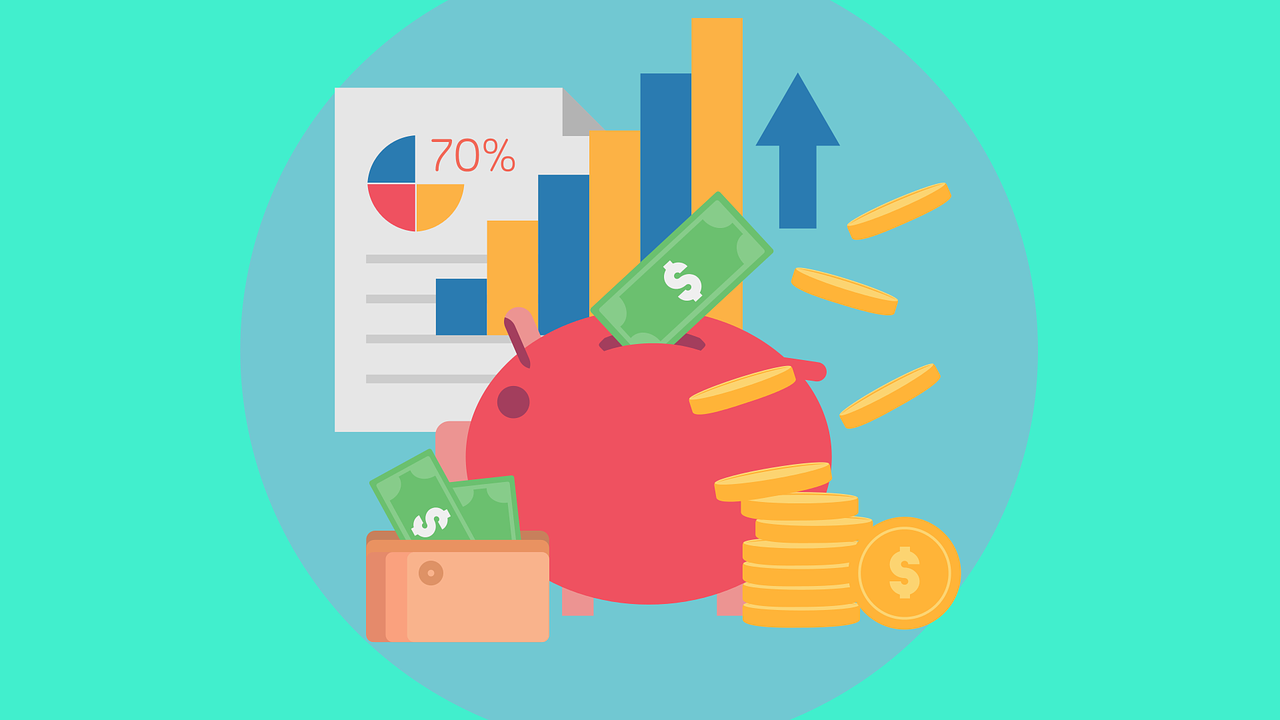It is often said that initiation is the toughest part of any process, and when it comes to managing your hard-earned money it is even more so. With so many options to choose from, we often are scared to take the first step. Because we don’t often know where to begin. In this post, we will discuss the various types of equity mutual funds.
The first jargon you hear when you embark on your investment journey is “Mutual Funds” and for all the right reasons, as they are one of the most flexible investment instruments one can use to diversify their portfolio and in some cases even save taxes.
A basic categorization of Mutual Fund Schemes would look like this [as per SEBI]:
- Equity-Linked Schemes
- Fixed income or debt Schemes
- Hybrid Schemes
- Solution-Oriented Schemes
- Other Schemes
Let’s now dig deeper into the different types of Equity Mutual Funds
What are equity mutual funds?
Equity Mutual Funds park their major investments in equity and equity-related instruments in an attempt to get you higher returns and thus being one of the riskier forms of all the available mutual fund schemes in the market. For people having long-term wealth creation as their major investment goal, equity-linked mutual funds are their go-to mutual fund scheme.
Types of Equity Mutual Funds
Before we understand that, let’s quickly see what the following terms mean:
- Large-cap: 1st 100 company based on market capitalization.
- Mid-cap: 101st – 250th company based on market capitalization
- Small-cap: Beyond the 250th company based on market capitalization
|
Type |
Focus |
Investment Strategy |
|---|---|---|
|
Multi Cap fund |
Major chunk of your corpus is invested in large-cap, mid-cap, and small-cap companies. |
At least 65% of total assets should be invested in the equity market. |
|
Large Cap fund |
Major chunk of your corpus is invested in large-cap companies. |
At least 80% of total assets should be invested in the equity market of large-cap companies. |
|
Large and Mid Cap fund |
Major chunk of your corpus is invested in large cap and mid-cap companies. |
At least 35% of total assets should be invested in the equity market of large-cap companies and at least 35% of total assets should be invested in the equity market of mid-cap companies. |
|
Mid-cap fund |
Major chunk of your corpus is invested in mid-cap companies. |
At least 65% of total assets should be invested in the equity market of mid-cap companies. |
|
Small Cap fund |
Major chunk of your corpus is invested in small-cap companies. |
At least 65% of total assets should be invested in the equity market of small-cap companies. |
|
Dividend yield fund |
Major chunk of your corpus is invested in stocks that yield high dividend returns |
At least 65% of total assets should be invested in the equity market or equity-related instruments. |
|
Value Fund |
Your corpus is invested with the value investment strategy viz. picking out stocks that are trading at lower than their actual worth based on the company’s fundamental analysis. |
At least 65% of total assets should be invested in the equity market or equity-related instruments. |
|
Contra fund |
Your corpus is invested with a contrarian investment strategy viz. selling stocks when everyone else is buying them and buying stocks when everyone else is selling them. Going against the market sentiment. |
At least 65% of total assets should be invested in the equity market. |
|
Focused fund |
Focuses on investing the corpus in a maximum of 30 stocks. |
At least 65% of total assets should be invested in a specific number of stocks. |
|
Thematic fund |
Your corpus is invested where the scheme follows a theme or a particular sector out of which the latter is dominant. |
At least 80% of total assets should be invested in stocks that track a particular theme or sector. |
|
Equity Linked Saving Scheme comes under Section 80C of the Income Tax Act, 1961 getting you tax benefits on a maximum of Rs 1.5 lakh of your capital with a lock-in period of 3 years. |
At least 80% of total assets should be invested in the equity market or equity-related instruments. |
Note: A mutual fund house can either offer a Value fund or a Contra fund but not both.
Conclusion
With so many schemes to choose from, it may become difficult for you to begin your investment journey. That’s why maybe it’s time for you to take the back seat and let us handle your corpus with the help of our experts here at Daulat. Our team follows a disciplined investing approach that takes into account multiple factors to design portfolios suited to your needs.





